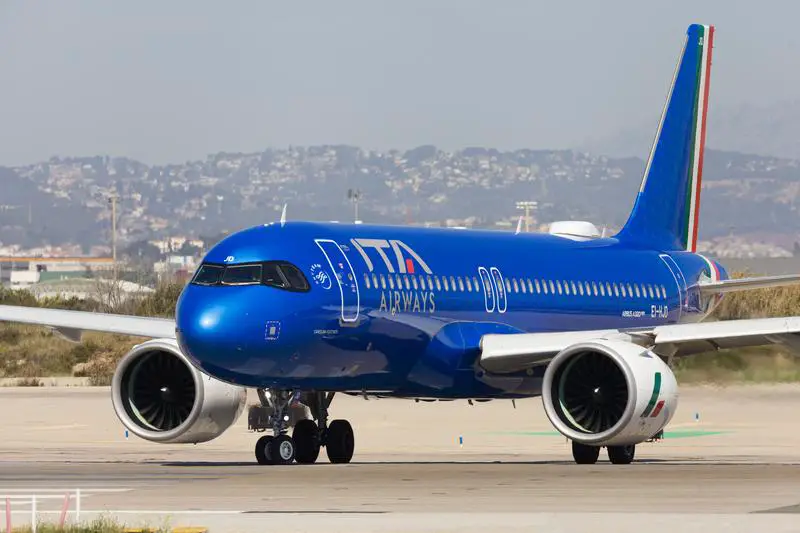On Saturday, September 14, 2024, a tragic incident unfolded at Reggio Calabria Airport in southern Italy. Gabriella Cario, a 57-year-old off-duty flight attendant and mother of three, suddenly collapsed while boarding an ITA Airways flight to Rome as a passenger. Despite feeling ill prior to boarding, Cario had chosen to continue her journey home instead of seeking medical attention.
Reports suggest that Cario was visibly unwell but was determined to continue her journey. However, she collapsed shortly after boarding ITA Airways flight 1156, to the shock of passengers and crew members. Paramedics were immediately summoned but were unable to revive her. Cario’s exact cause of death is yet to be officially confirmed, with reports only mentioning a sudden illness.
A resident of Sabaudia, Cario was a well-known figure in her community. The Mayor of Sabaudia, Alberto Mosca, expressed his profound grief over her loss, stating, “I knew Gabriella. She was a bright, always-smiling, and kind woman. On behalf of the administration and the entire community, I extend our heartfelt condolences to her husband and her beloved three children.”
Medical emergencies during flights are not as uncommon as they may seem. According to experts in aviation health, there is a medical emergency in approximately one out of every 604 flights. These primarily include fainting, gastrointestinal issues, and cardiovascular symptoms. Flight crews are equipped with medical kits and automated external defibrillators (AEDs) and have protocols in place to consult with ground-based medical professionals. However, the particular circumstances of air travel can make handling these emergencies particularly difficult.
In 2024, several in-flight medical emergencies have made headlines worldwide. In January, a passenger on a Jet2 flight from Tenerife, Spain to Manchester, England was discovered unresponsive in the lavatory and later died. In February, a Lufthansa flight to Munich, Germany was forced to return to Bangkok after a man began bleeding severely from his nose and mouth; he passed away on the airplane. Later that month, a 41-year-old woman started convulsing on a flight from Punta Cana, Dominican Republic to Charlotte, North Carolina; she later died at a hospital after the plane was diverted.
In Cario’s case, her collapse occurred while still at the airport, allowing paramedics to reach her swiftly. However, their immediate response was not enough to save her life.
While aviation protocols for managing medical emergencies are well established, they are not infallible. Airlines are consistently striving to enhance their response procedures. Many of them are now participating in initiatives like Doctors on Board, which aim to identify onboard medical professionals who can assist during emergencies.


